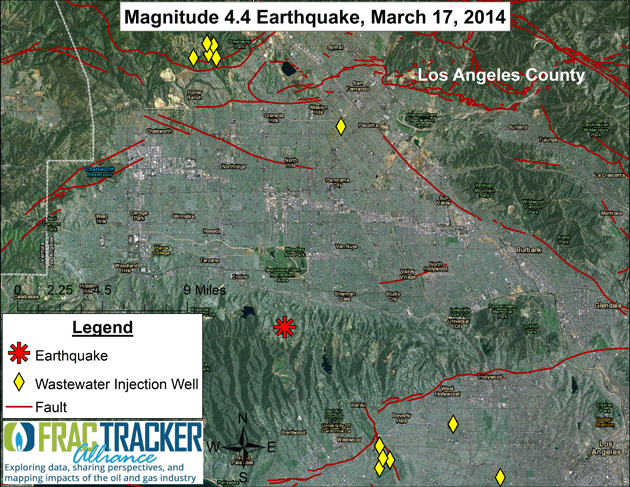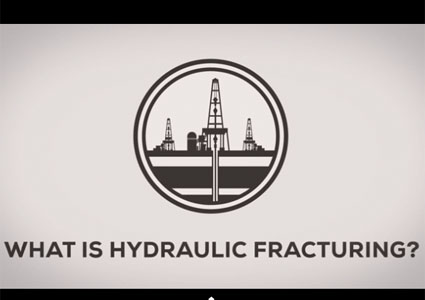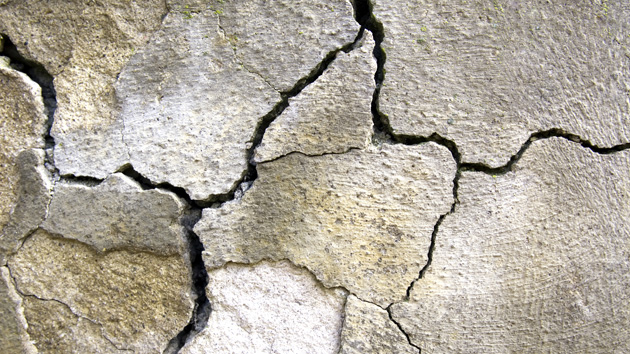
Kyle Ferrar, FracTracker Alliance

Was the 4.4-magnitude earthquake that rattled Los Angeles on Monday morning caused by fracking methods? It’s hard to say, but what’s clear from the above map, made by Kyle Ferrar of the FracTracker Alliance, is that the quake’s epicenter was just eight miles from a disposal well where oil and gas wastewater is being injected underground at high pressure.
Don Drysdale, spokesman for the state agency that oversees California Geological Survey, told me that state seismologists don’t think that the injection well was close enough to make a difference (and the agency has also raised the possibility that Monday’s quake could have been a foreshock for a larger one). But environmental groups aren’t so sure.
In other states, injection wells located 7.5 miles from a fault have been shown to induce seismic activity, points out Andrew Grinberg, the oil and gas project manager for Clean Water Action. “We are not saying that this quake is a result of an injection,” he adds, “but with so many faults all over California, we need a better understanding of how, when, and where induced seismicity can occur with relation to injection.”
“Shaky Ground,” a new report from Clean Water Action, Earthworks, and the Center for Biological Diversity, argues that the close proximity of such wells to active faults could increase the state’s risk of earthquakes. According to the report, more than half of the state’s permitted oil wastewater injection wells are located less than 10 miles from an active fault, and 87 of them, or about 6 percent, are located within a mile of an active fault.
Scientists have long known that injecting large amounts of wastewater underground can cause earthquakes by increasing pressure and reducing friction along fault lines. One of the best known early examples took place in 1961, when the US Army disposed of millions of gallons of hazardous waste by injecting it 12,000 feet beneath the surface of the Rocky Mountain Arsenal near Denver. The influx caused more than 1,500 earthquakes over a five year period in an area not known for seismic activity; the worst among them registered at more than 5.0 on the Richter scale and caused $500,000 in damage. Geologists later discovered that the Army well had been drilled into an unknown fault.
As Michael Behar detailed in-depth last year in Mother Jones, fracking is now a leading suspect for a spate of serious earthquakes in places that hardly ever see them, such as Oklahoma, where in 2011, a 5.7-magnitude temblor destroyed 14 homes and baffled seismologists.
“In some locations of the US, the disposal of wastewater associated with oil/gas production, including hydraulic fracturing operations, appears to have triggered some low-magnitude seismic activity,” concedes Drysdale, the Geological Survey spokesman. But in California, he adds, oil companies are required to evaluate surrounding geology before disposing of wastewater underground, and can’t inject it at dangerously high pressures.
Yet Grinberg, a coauthor of the “Shaky Ground” report, says that the existing regulations don’t go far enough now that quake-prone California is poised for a fracking boom. Though he’d like to see a moratorium on fracking while the risks are studied, he wants any eventual regulations to at least require seismic monitoring at or near injection wells and to look at the cumulative earthquake risk of entire oil fields.







